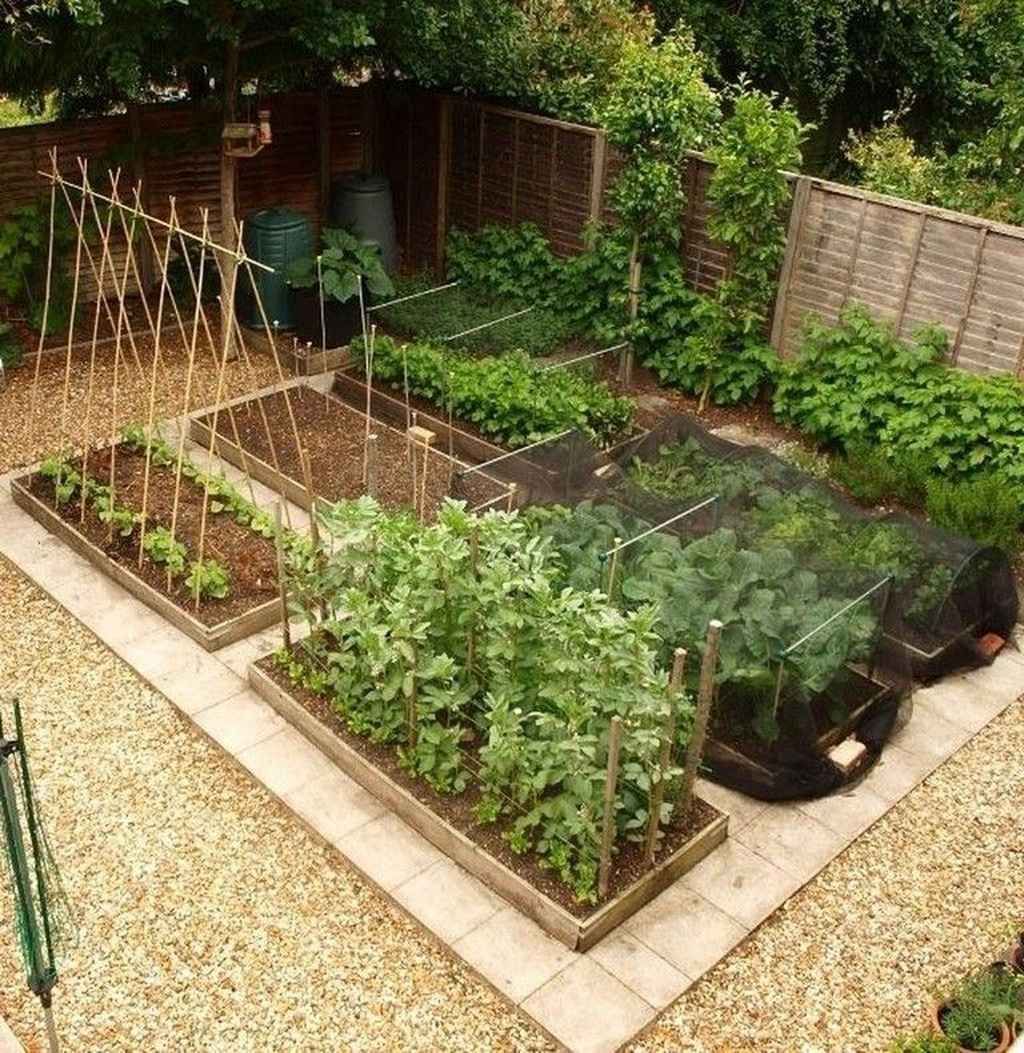
Having a vegetable garden is a wonderful way to enjoy fresh, nutritious produce right in your own backyard. But in order to have a successful garden, it’s important to have a well-thought-out design that maximizes space, sunlight, and water efficiency. Here are some tips for designing a vegetable garden that will produce a bountiful harvest.
First, consider the layout of your garden. It’s important to plan out where you will plant each type of vegetable based on how much sunlight they need, as well as how tall they will grow. Taller plants should be placed in the back of the garden, so they don’t shade smaller plants. Grouping plants together based on their water needs can also help you save water and prevent overwatering.
Next, think about the size of your garden. A small garden can still be productive if you use vertical gardening techniques, such as trellises or cages for climbing plants like tomatoes and cucumbers. Raised beds are also a great option for small spaces, as they can be easily customized to fit your needs and are easier to maintain.
When planning out your garden, consider the types of vegetables you want to grow and how much space they will need. Some vegetables, like carrots and radishes, can be planted close together, while others, like corn and squash, need more space to grow. Make sure to leave enough room between rows to allow for watering and weeding.
Another important factor to consider in vegetable garden design is soil quality. Testing your soil for pH levels and nutrient content can help you determine what amendments may be needed to improve soil quality. Adding compost, mulch, and organic fertilizers can help enrich the soil and provide essential nutrients for your plants.
Watering is also a crucial aspect of vegetable garden design. Installing a drip irrigation system or soaker hoses can help you water your garden efficiently and prevent overwatering. Mulching around plants can also help retain moisture in the soil and reduce water evaporation.
Lastly, don’t forget about aesthetics when designing your vegetable garden. Adding pathways, decorative planters, and trellises can not only make your garden look beautiful but also make it easier to navigate and maintain.
In conclusion, a well-planned vegetable garden design can help you maximize space, sunlight, and water efficiency, leading to a successful and productive harvest of fresh, nutritious produce. By considering layout, size, plant selection, soil quality, watering, and aesthetics, you can create a garden that is not only functional but also visually pleasing. Happy gardening!
 Garden Ideas
Garden Ideas









